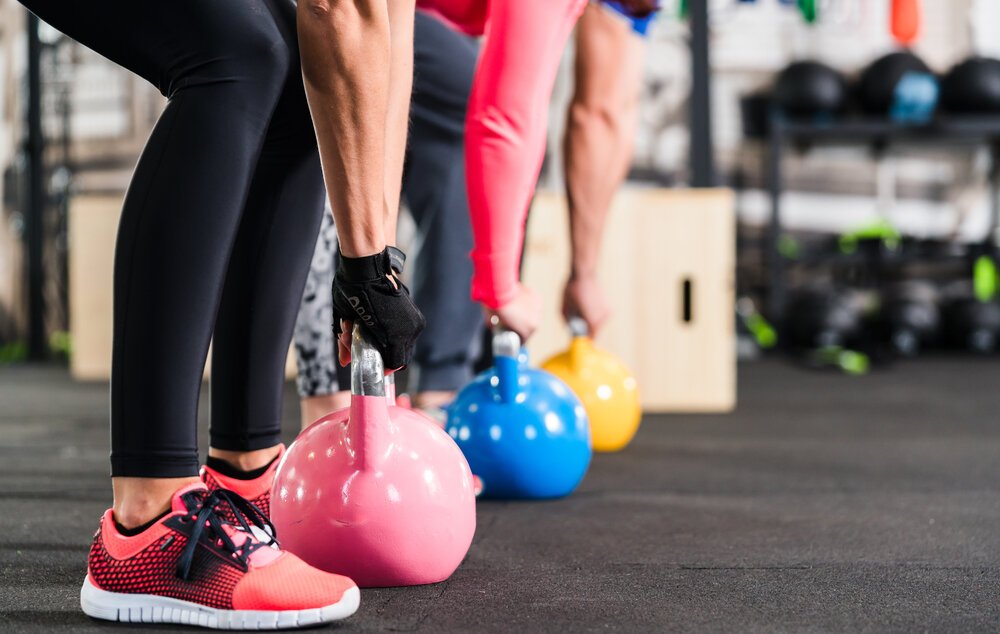Ten Steps To Better Brain Health. You Need These Right Now.
By Joan Pagano
Note from Lustre: This post was originally published during Brain Health Awareness Week—which this year was also the week that our lives were transformed and our gyms eliminated. You may have been distracted! Now, we hope we are on the upward trajectory and we thought it might be a good idea to remind all of us that we are getting through this by having functional brains. Let’s keep them that way.
Has someone told you that your brain starts to fail after about age forty? Don’t accept it. Take control.
What can you do?
Mounting research is focused on the transformative effects of exercise on the brain. Stunning new studies prove that exercise is truly our best defense against everything from mood disorders to Alzheimer’s, ADHD and addiction.
The brain retains neuroplasticity, or the capacity to be reshaped throughout our lifetime, as it continues to change physically, functionally and chemically. New cells can be abundantly created. The more “plastic” the brain becomes, the more it can reorganize itself, modifying the number and strength of connections between nerve cells and different brain areas. Studies show that the dynamic nature of the brain is responsive to lifestyle, including whether and how you exercise.
-
Aerobic exercise, effortful learning, environmental enrichment and lifestyle factors positively affect neuroplasticity. Exercise, sleep, nutrition, stress management, cognitive stimulation and learning, social interaction and good emotional health are factors that positively influence the brain’s ability to change. Negative neuroplasticity can be induced by sedentary behavior, poor sleep, high stress, lack of novel stimulus and substance abuse.
-
The brain’s ability to change in response to experiences is most available in early life. As we age, more effort should be given to exercise and new experiences. In general, older people require more of the brain’s resources to complete the same tasks that young people do with less cognitive effort. These are high-level mental tasks that require attention, problem- solving and decision making. However, the brain of an older person who is aerobically fit acts like a younger brain, much as a fit body is more efficient in performing the same physical task than one that is less fit.
-
Aerobic exercise serves as the foundation for improving cognitive and brain health globally, i.e. benefiting most of the cognitive domains. Even one 30-minute session of vigorous cardio activity has been shown to improve the brain’s plasticity and increase brain volume.
-
Exercise boosts blood flow to the brain, triggering the release of a chemical BDNF (brain-derived neurotrophic factor also known as “Miracle Gro” for the brain). BDNF stimulates activity in the hippocampus, the area involved in memory, learning and the ability to plan and make decisions.
-
Strength training may be its own form of cognitive training since it requires motor-learning, planning, sustained attention and procedural memory. The first gains in strength training are neuromuscular, creating new integration between the brain and the body. The neuromuscular stimulus results in quicker reaction time, the ability to recover from a stumble, or to change direction.
-
Sensory and motor stimuli influence the ability of the brain to change. Higher amounts of novelty, variability, challenges and motivation create higher degrees of change. In other words, if you follow the same exercise routine over time, all your physiological systems, including your brain, become conditioned to that level of exertion and stop improving. You need to introduce variety to stimulate growth.
-
Closed v. Open Skills. If your exercise routine takes place in a stable and predictable environment, using learned motor skills or repetitive movements and sequences, it is considered “closed skill” training. “Open skills” are more unpredictable with dynamically changing demands, such as found in dance, sports and martial arts. Dance, for example, is a multi-modal activity addressing cardio, coordinative and cognitive demands.
-
Motor fitness or “neuromotor training” includes exercise for balance, gait, eye- hand coordination and coordinative exercise. These are open skills that require higher level cognitive processes and the ability to handle visual and spatial information relating to the coordination of limbs, senses and bodily positions. Balance and gait become less automatic with age but can be improved with strength training.
-
Multimodal or multi-component exercise combines shorter durations of multiple exercise modalities in a single session, incorporating cardio, strength, balance and neuromotor training. This model delivers the greatest breadth of cognitive benefits as well as the benefits from each physical adaptation. The minimum program length for the most significant cognitive benefits is twelve weeks (three months), however six to twelve months may yield additional cognitive benefits.
-
So how much exercise should you aim for to keep your brain sharp?
-
Cardio:
-
150 mins. (2:30 hours) – 300 mins. (5 hours) per week of moderate intensity OR
-
75 mins (1:15 hrs) –150 mins. (2:30 hrs) per week of vigorous aerobic activity OR
-
A combination of moderate and vigorous activity spread throughout the week.
-
Greater frequency may be more important than greater per-session duration; longer duration sessions may not have the same cognitive benefits. (Physical Activity Guidelines for Americans, 2nd Ed.)
-
-
Cardio Plus:
-
Strength Training Guidelines
-
Do a minimum of 2 full-body weight training sessions per week on non- consecutive days (the muscles need a day of rest to repair and recover).
-
For a full-body session, include 8-10 separate exercises that work the major muscle groups: hips and thighs; back; chest; shoulders; arms; and core body (abdominals and spinal muscles).
-
-
Neuromuscular or “motor training”, including:
-
Balance and gait
-
Eye-hand coordination
-
Coordinative exercise: more open skills and dynamic environments, as in dance, sports and martial arts
-
© Copyright – Joan L. Pagano. All Rights Reserved Worldwide. For expert guidance on strength training techniques, step by step photos depicting how to perform the exercises and a selection of well-rounded workouts please check out Joan’s book Strength Training Exercises for Women.
-

